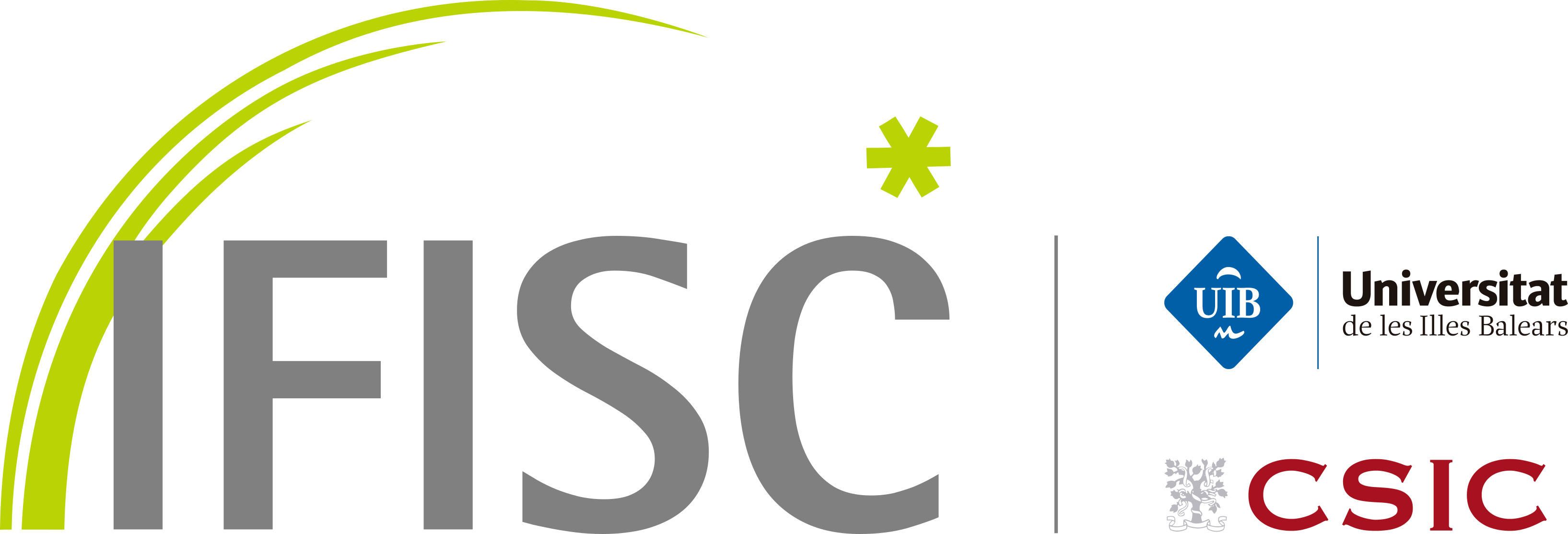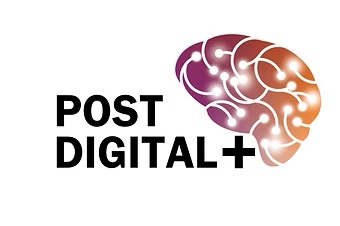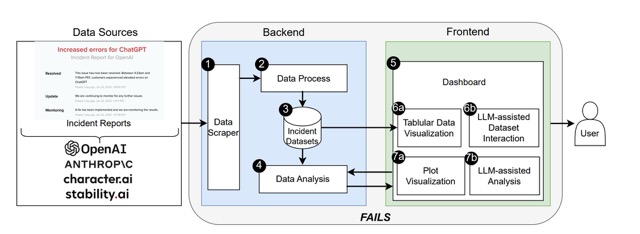
I am a PhD Candidate in Neuromorphic Photonic Computing at IFISC, CSIC-UIB, funded by the European Union through the Marie Skłodowska-Curie Actions POSTDIGITAL+ Network.

Scroll down for details on my academic projects and research experience!


For my full CV, please see here.
My research experience spans interdisciplinary topics including computational science, machine learning, statistics, dynamical systems, scientific visualization, and biophysics.
In my thesis titled Enhancing Computational Capabilities of High-Dimensional Dynamical Systems: Optimization of Stuart-Landau Oscillator Networks, I investigated delay-coupled networks of Stuart–Landau oscillators as trainable recurrent architectures for sequence processing. The project was carried out at IFISC, supervised by Prof. Dr. Miguel Soriano and examined by Prof. Dr. Greg Stephens. The computational model was motivated by laser dynamics near a Hopf bifurcation and aimed at bridging physics-based oscillator models with modern machine learning methods.
I developed FAILS - A Framework for Automated Collection and Analysis of LLM Service Incidents, published at ICPE'25.
This work addresses the emerging challenge of understanding failure patterns in Large Language Model services like ChatGPT through automated data collection, analysis, and visualization.

Created custom visualization tools for investigating lesion and stimulation dynamics in the human brain using calcium imaging data. Based on the 2023 IEEE SciVis Contest.
Contributed to Citadel, a web-based tool to visualize and interact with criminal network graphs. Research project for the Amsterdam Police Department using React, Node.js, and Cytoscape.js.
Explored emergent behaviors in complex relationships through "Romantic Chaos" - modeling relationship dynamics using coupled ODEs, analyzing Lyapunov exponents and bifurcation diagrams.
Bachelor's Thesis: Applied a U-Net to analyze complex biological data from 3D cell culture experiments at TUM, supervised by Prof. Dr. Andreas Bausch and Dr. Fabian Englbrecht.